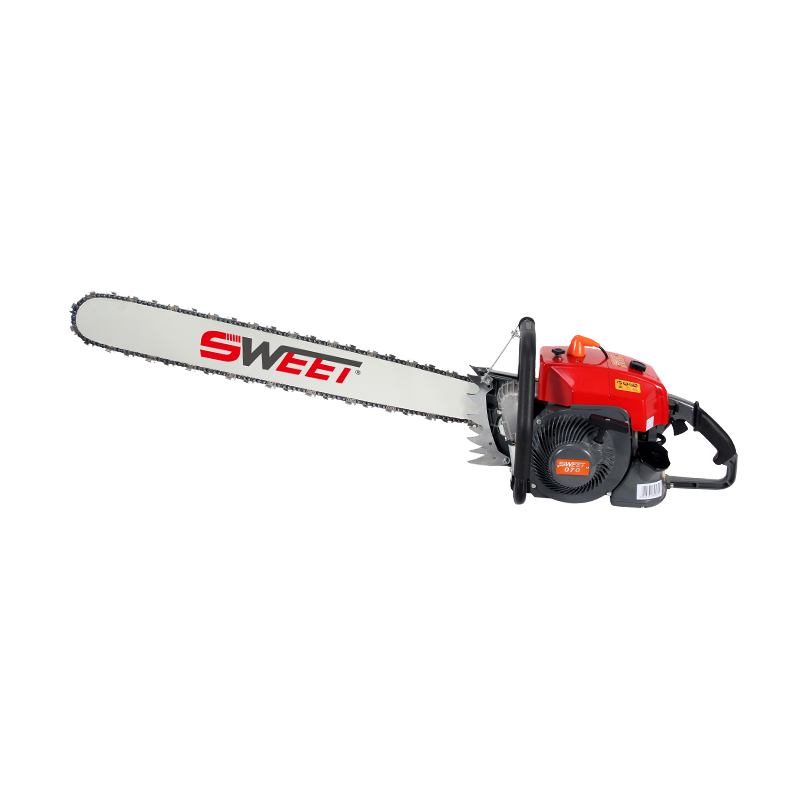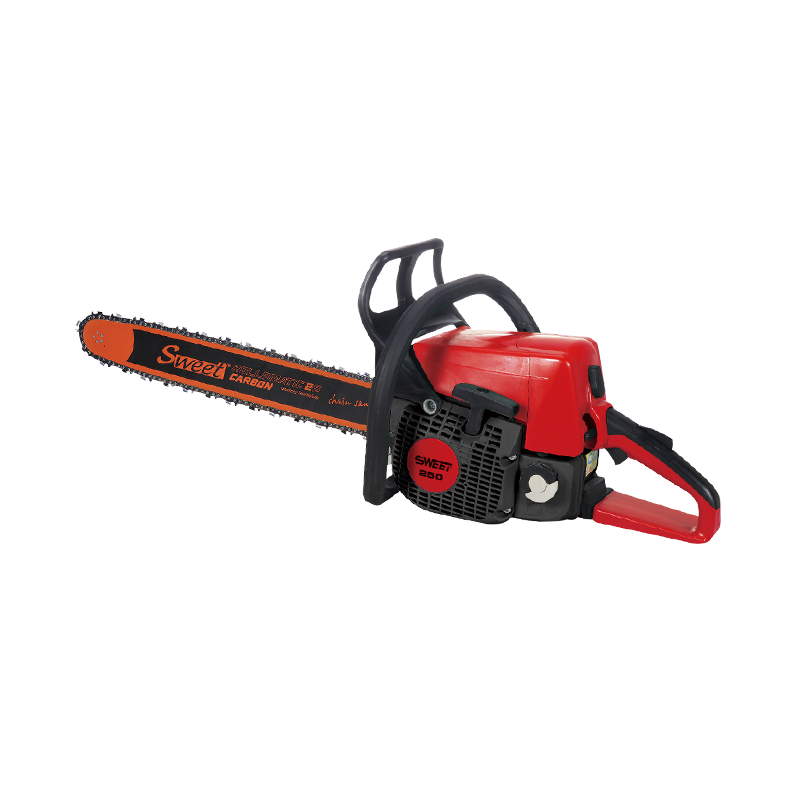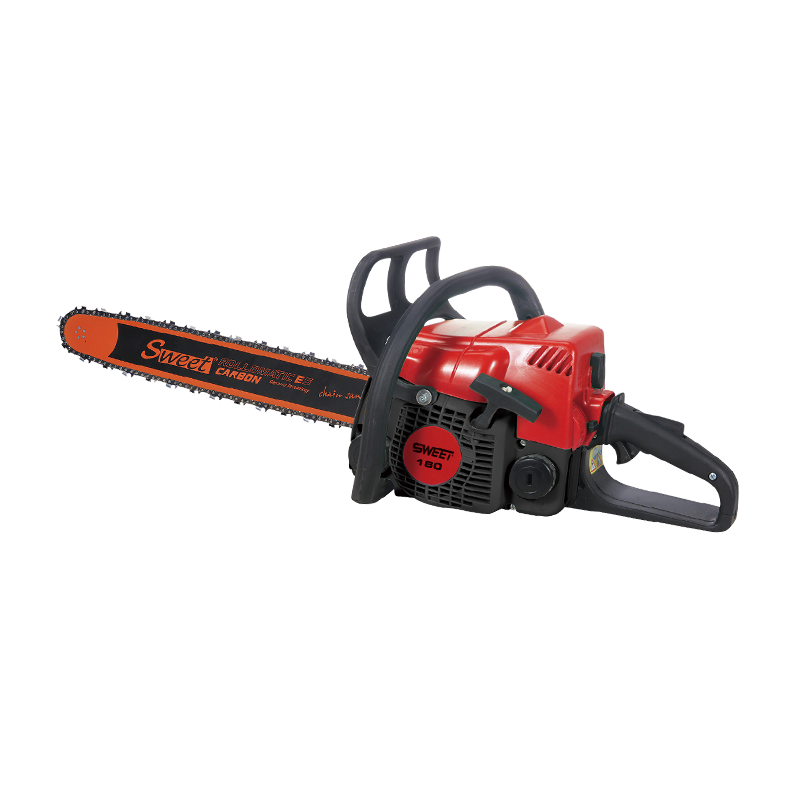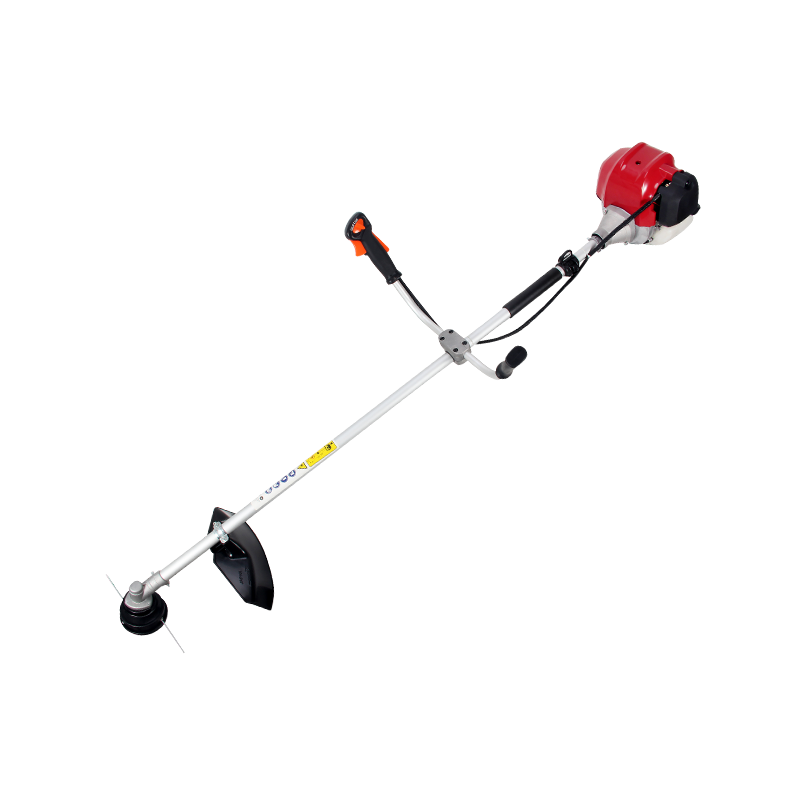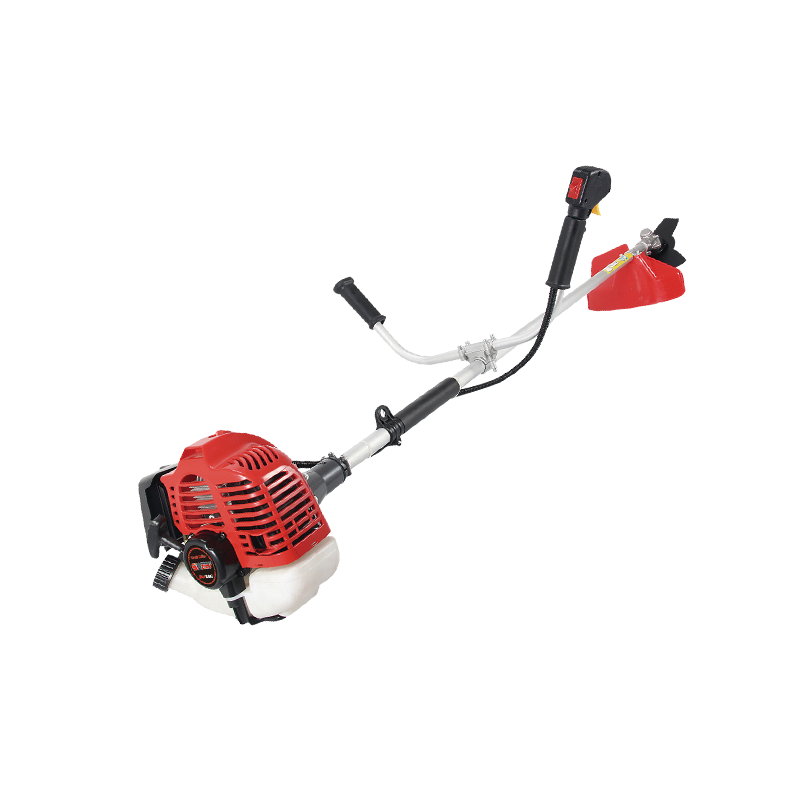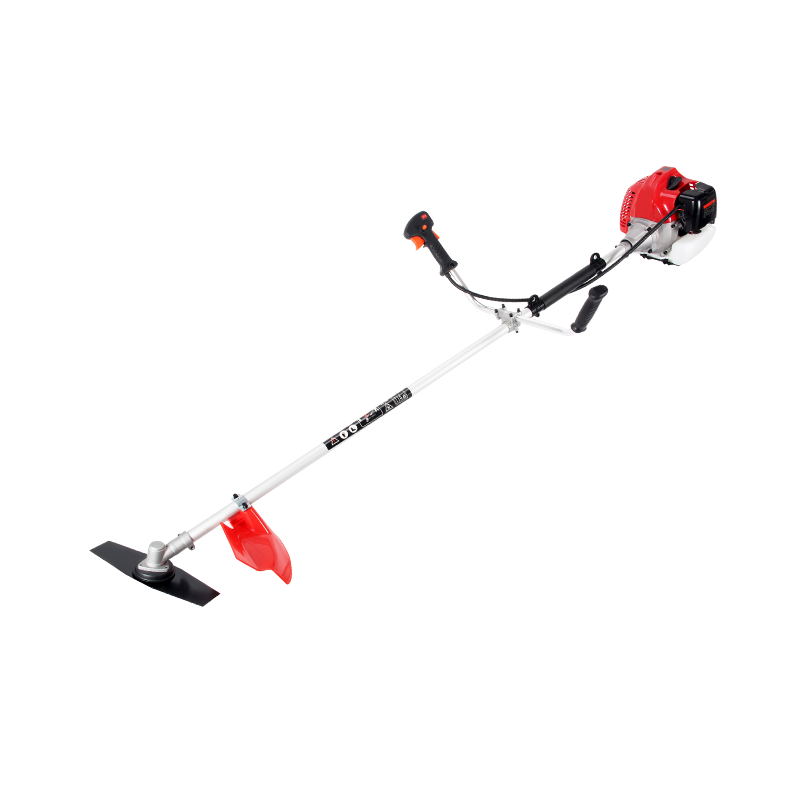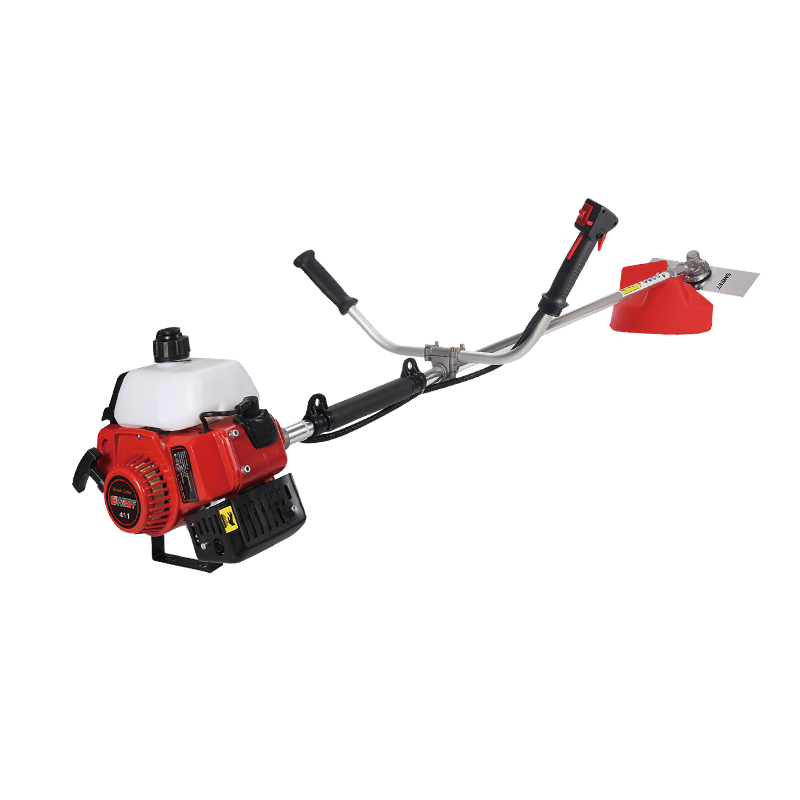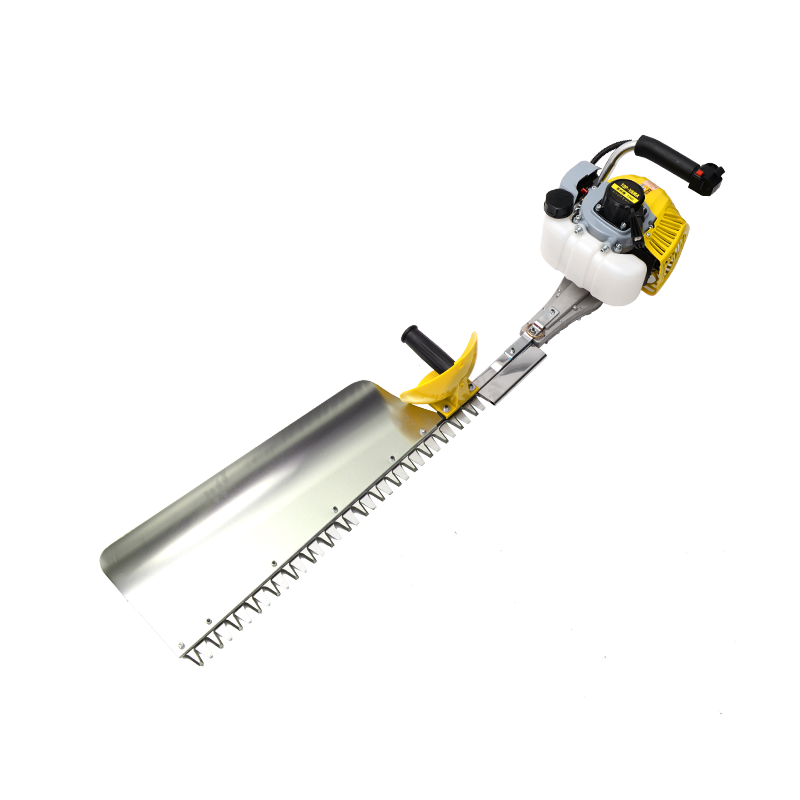The small garden tiller market is experiencing notable growth worldwide, driven by a surge in home gardening, urban farming, and sustainable landscaping practices. As consumers become more focused on health, self-sufficiency, and environmentally conscious living, the small garden tiller has emerged as an essential tool for soil preparation and maintenance in both residential and community gardens.
Over the past few years, the COVID-19 pandemic played a significant role in encouraging people to grow their own food, transforming backyard spaces and urban rooftops into productive green zones. The small garden tiller, with its compact design and ease of use, is especially favored by beginner and intermediate gardeners who need a practical way to aerate, loosen, and cultivate soil in limited spaces. Its growing popularity highlights a broader trend toward do-it-yourself (DIY) home improvement and sustainable food practices.
Unlike large, industrial machines, the small garden tiller is designed for maneuverability and comfort. It is lightweight, user-friendly, and requires minimal storage space — features that appeal to homeowners with modest garden plots. models now feature ergonomic handles, adjustable tines, and electric or battery-powered motors, making them suitable for all types of users, including elderly gardeners and those new to horticulture.
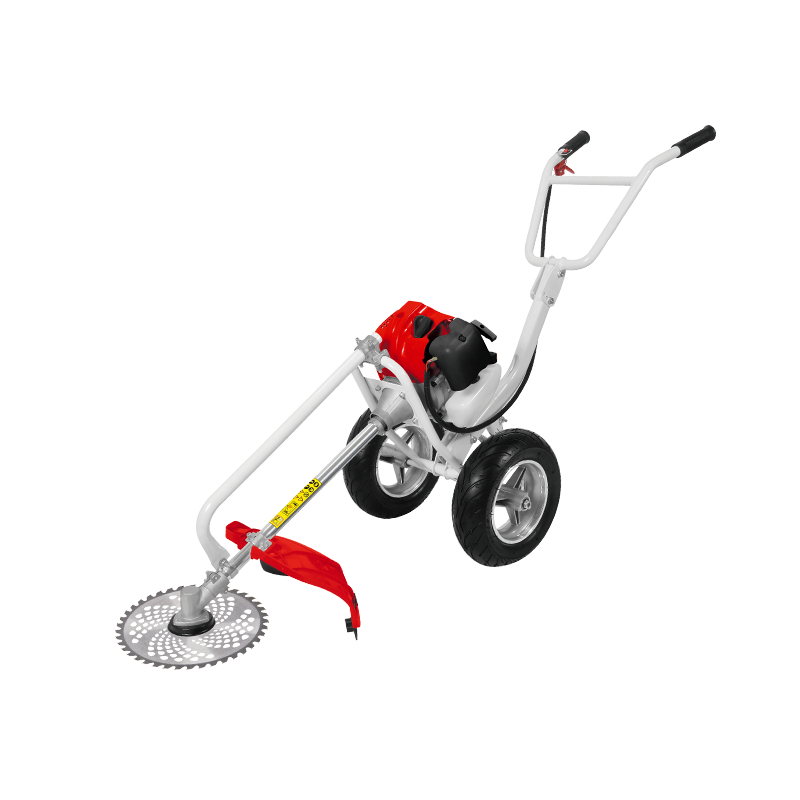
Another driver behind the expanding small garden tiller market is the increased support for urban agriculture initiatives. City governments, schools, and nonprofit organizations are investing in community garden projects to promote food security and environmental awareness. The small garden tiller plays a critical role in preparing soil beds for planting vegetables, herbs, and flowers in these projects. Its portability allows it to be easily transported between sites and used in confined urban plots where large machinery is impractical.
Retailers and manufacturers have taken note of this growing interest and are expanding their offerings to meet diverse customer needs. From corded electric models to cordless, battery-operated tillers, the small garden tiller is becoming more versatile and accessible. Some newer models come equipped with interchangeable attachments, allowing users to perform various tasks such as weeding, cultivating, and soil mixing with a single tool. These innovations help boost efficiency and reduce the need for multiple garden tools.
The growing popularity of the small garden tiller is also influencing sales across e-commerce platforms. Online gardening equipment sales have seen a significant increase, with many buyers preferring the convenience of doorstep delivery and access to product reviews. Digital tutorials and how-to videos have further empowered customers, making it easier for them to operate and maintain their small garden tiller with confidence.
From a regional standpoint, North America and Europe represent mature markets for small garden tillers, where a long-standing culture of backyard gardening continues to thrive. However, the Asia-Pacific region is emerging as a key growth area, particularly in countries like Japan, South Korea, and China, where urban dwellers are embracing small-scale farming. India, too, is seeing increased demand in semi-urban and peri-urban areas where land constraints require compact and efficient cultivation tools.
Environmental considerations are also influencing the development of the small garden tiller. Consumers are increasingly choosing electric and battery-powered models over gasoline-powered versions to reduce carbon emissions and noise pollution. Manufacturers are responding with innovative designs that include longer battery life, faster charging, and lower vibration levels. These improvements align with global sustainability goals and enhance the long-term appeal of the small garden tiller.
Additionally, the small garden tiller is finding new applications beyond traditional gardening. Landscapers, groundskeepers, and even vineyard owners are incorporating these compact machines into their workflow for spot tilling and maintenance work. This expanded use case is helping to diversify the market and ensure year-round demand beyond the typical spring and summer gardening seasons.
Despite its many advantages, the small garden tiller industry faces some challenges. Supply chain disruptions, rising material costs, and seasonal fluctuations in demand can impact availability and pricing. However, industry analysts remain optimistic, citing technological innovation, increased awareness, and growing consumer interest as positive indicators of continued market expansion.


 English
English русский
русский Español
Español عربى
عربى